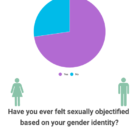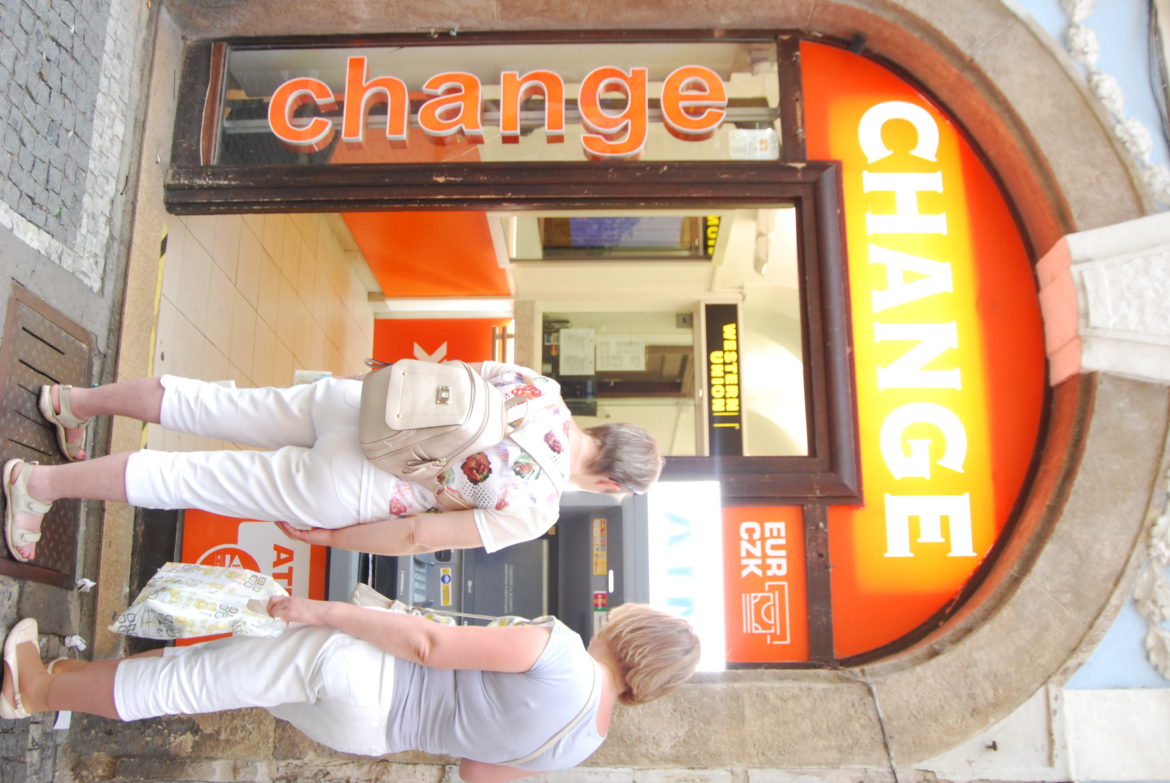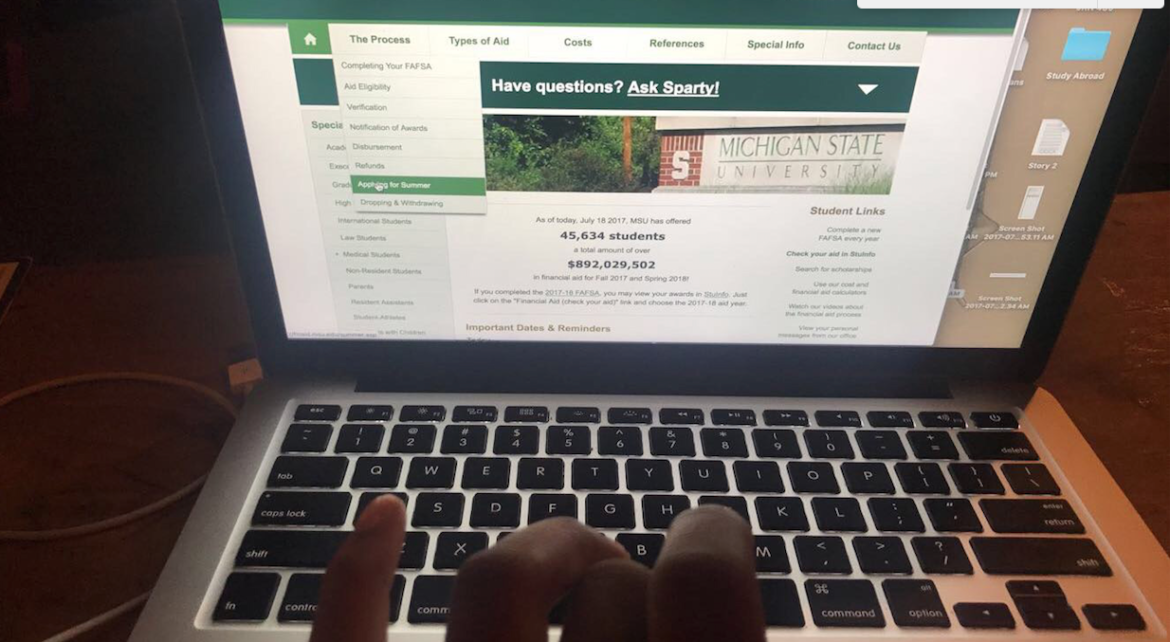By BROOKE KANSIER
Capital News Service
LANSING — State funding for higher education has seen a dramatic reduction in the past few decades — and students are feeling the budget squeeze. Despite increases in the past four years, Michigan spending on higher education is still 4 percent below 2011 when funds were slashed – and still lagging nearly 28 percent behind pre-recession funding, according to the Center on Budget and Policy Priorities, a policy institute based in Washington, D.C.
That amounts to an average $1,631 less per student than in 2008. “When one looks at the long view of state investment in higher education, it marks a rather dramatic decline,” said Daniel Hurley, chief executive officer of the Presidents Council, State Universities of Michigan, which lobbies on behalf of the 15 state universities. Representative and Higher Education Appropriations Subcommittee member Jeff Irwin, D–Ann Arbor, said the lack of funding for higher education is irresponsible. “Higher education used to be a tool used by the public through state government to enhance social mobility, to give people a hand up, to give people an opportunity to develop their skills and contribute more to their community and to their family, and the state government has turned its back on that responsibility,” he said.




